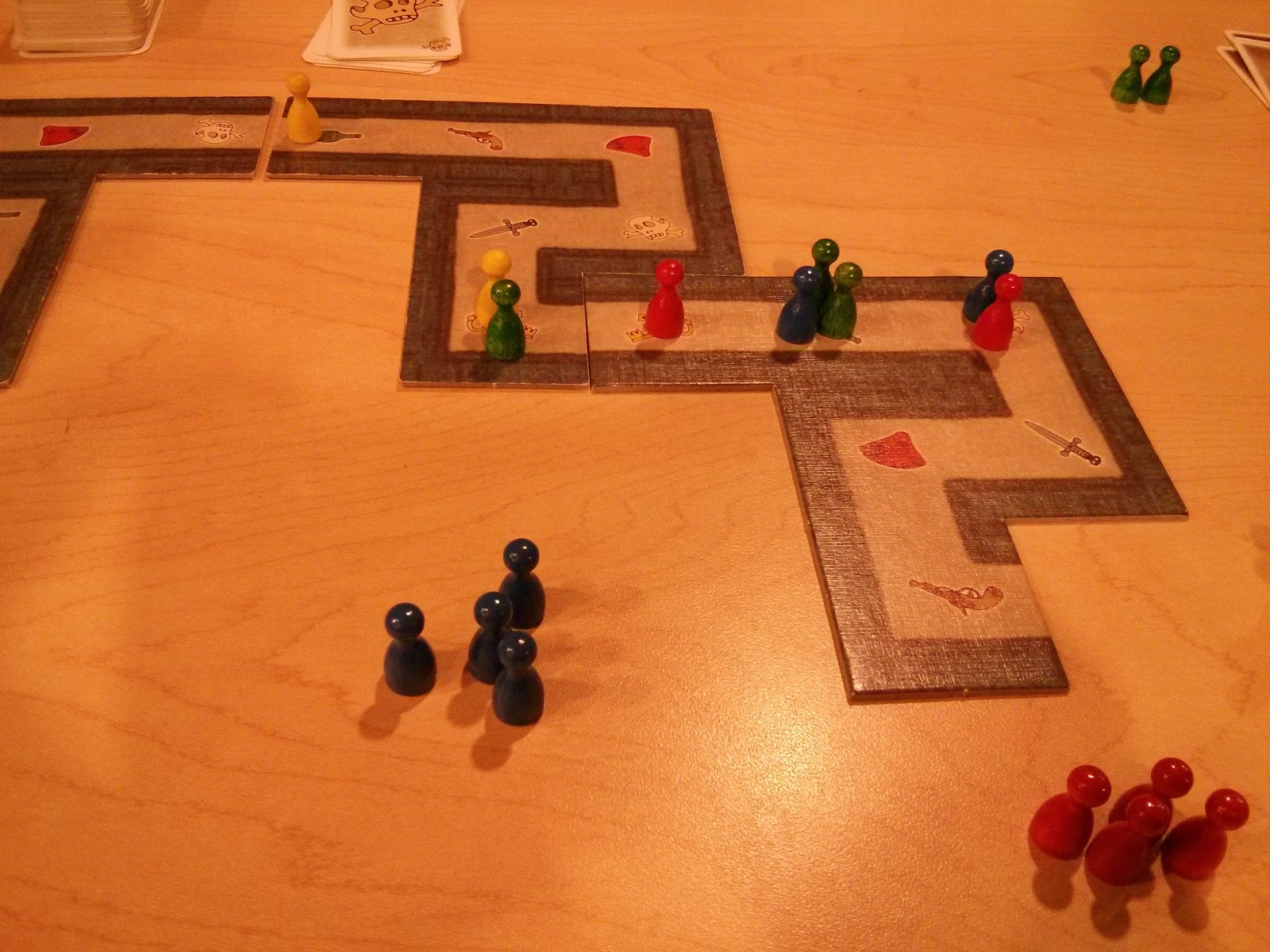Poor communication wastes intangible assets and creates inefficiencies among resources (Mazzei & Ravazzani, 2015; Hola & Pikhart, 2014). Intangible assets form the nucleus of the company and include relationships, intellectual capital, and decision making. What makes one company different from the next are the internal soft mechanics often ignored because they are not easy to define.
Misinformation can be intentional or unintentional. For example most of us have been subject to rumor or conjecture at one point in our careers. Despite lacking substance, false information can create havoc in our lives and damage work relationships. A corporate culture of rumor mongering is a sure way to destroy productivity in a company quickly.
An inability to solicit and respect multiple perspectives is a sign of short-sighted strategic development. It is easy to make decisions when you have no competing information; try sticking your fingers in your ears next time you don't want to hear something. The problem is that those decisions are based on skewed information and alternatives have not afforded proper weight. Managers expand their channels to ensure they are receiving all of the information needed to make appropriate decisions.
Information is the lifeblood of solid decision making and those who keep their communication lines open are better able to capitalize on that information. Organizations that seek to create productive communication among organizational members find that decisions are well rounded and more holistic in their approach. Short-sighted and self-seeking decisions are a sure way to limit the growth potential of any organization. Open information lines keeps your sonar active and your mind sharp.

